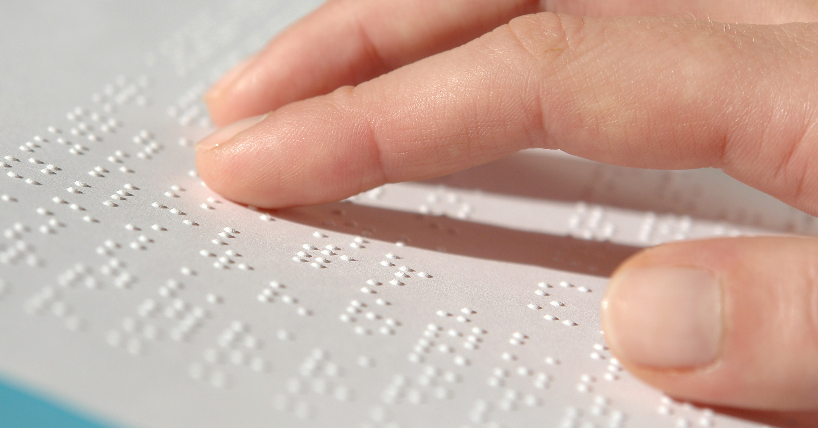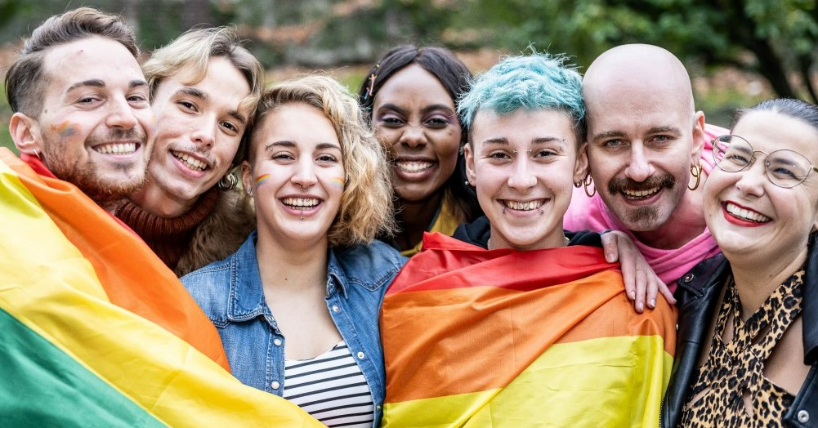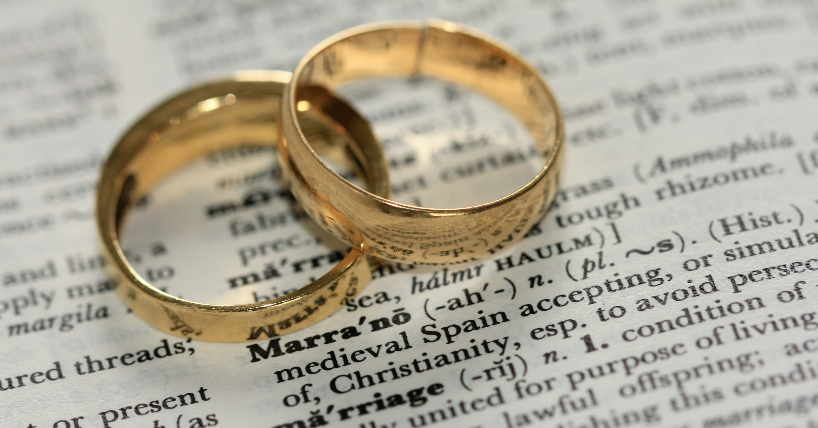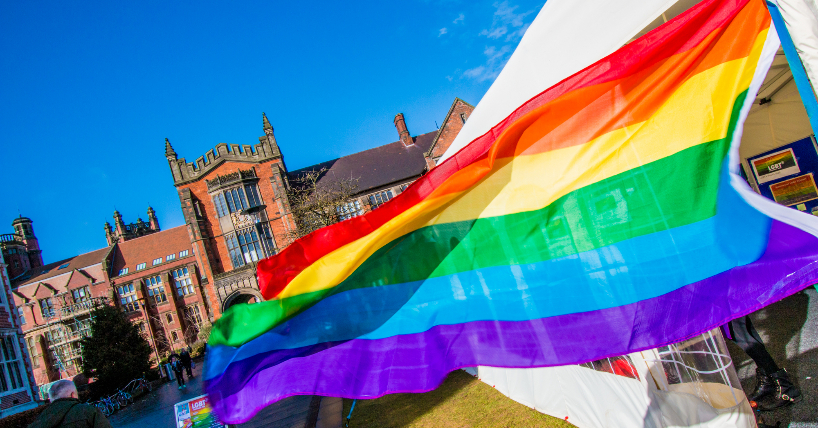Protected Characteristics
There are nine protected characteristics included under the Equality Act 2010. It is against the law to discriminate against someone because of a protected characteristic.
Using the toolkit to learn more about the nine protected characteristics
This toolkit aims to raise awareness around some of the challenges that people from diverse backgrounds face in the academic environment, and to help you create more inclusive research teams. Each section has been written with people who don’t have experience of bias or discrimination under that protected characteristic in mind.
Each section provides definitions, key challenges identified in the academic context, and ideas for how you could be more inclusive in day-to-day interactions as an individual and as a leader in research. The toolkit will provide you with an overview to key topics, and ways for you to extend your learning where you feel you have gaps, or where you want to learn more. Use the content to reflect on your leadership and think about how you can be a role model to your colleagues by demonstrating inclusive behaviour.
By engaging with the toolkit and with further materials recommended, you can be an ally to groups who experience discrimination. You can also find out more about how to be an ally in our Allyship Guide.

The nine protected characteristics
This toolkit contains a section covering each of the nine protected characteristics included under The Equality Act 2010. It is against the law to discriminate against someone because of any of these characteristics.
Workplace inclusion goes beyond protected characteristics and can relate to other factors, such as job role, career stage and where you completed your first degree. Therefore, it’s valuable to think about inclusion as widely as you can. Within this toolkit we focus on the nine characteristics listed under the Equality Act, but also social inclusion and intersectionality. Although socio-economic background is not a protected characteristic by law, we’ve included a section on social inclusion in the toolkit because it impacts on how people feel in an academic context. We also highlight the important of considering intersectionality and how people can be affected by disadvantages arising from more than one protected characteristic.
Under the Equality Act 2010, the nine protected characteristics are: age, disability, gender reassignment*, marriage and civil partnership, pregnancy and maternity, race, religion and belief, sex** and sexual orientation.
*The terminology for this characteristic in the Equality Act 2010 is gender reassignment, but we use gender affirmation to be more inclusive and on the advice of our Rainbow@Ncl network. This is because gender affirmation is a more inclusive term and one that the LGBTQ+ community at Newcastle would like the wider NU community to support.
**While the terminology used in the Equality Act 2010 is ‘sex’, in this toolkit we use the term ‘gender’ to be more inclusive of all genders and not what sex refers to as male and female.
Gender reassignment and sex are the legal terms in the Equality Act and must be used when writing legal documents, such an Equality Analysis document.
Under the Equality Act 2010, it is also illegal to discriminate against a carer because of their responsibilities as a carer. If someone looks after an individual who is elderly or disabled, the law will protect them against discrimination or harassment because of their caring responsibilities. This is because they are associated with someone who is protected by the law because of their age or disability.
Social Inclusion
Social inclusion is the positive action taken to change limiting factors that individuals face because of social exclusion. It enables individuals and communities to participate fully in society.
Intersectionality
Intersectionality describes the ways in which systems of inequality based on gender, race, ethnicity, sexual orientation, gender identity, disability, class and other forms of discrimination “overlap” to create unique dynamics and effects.









